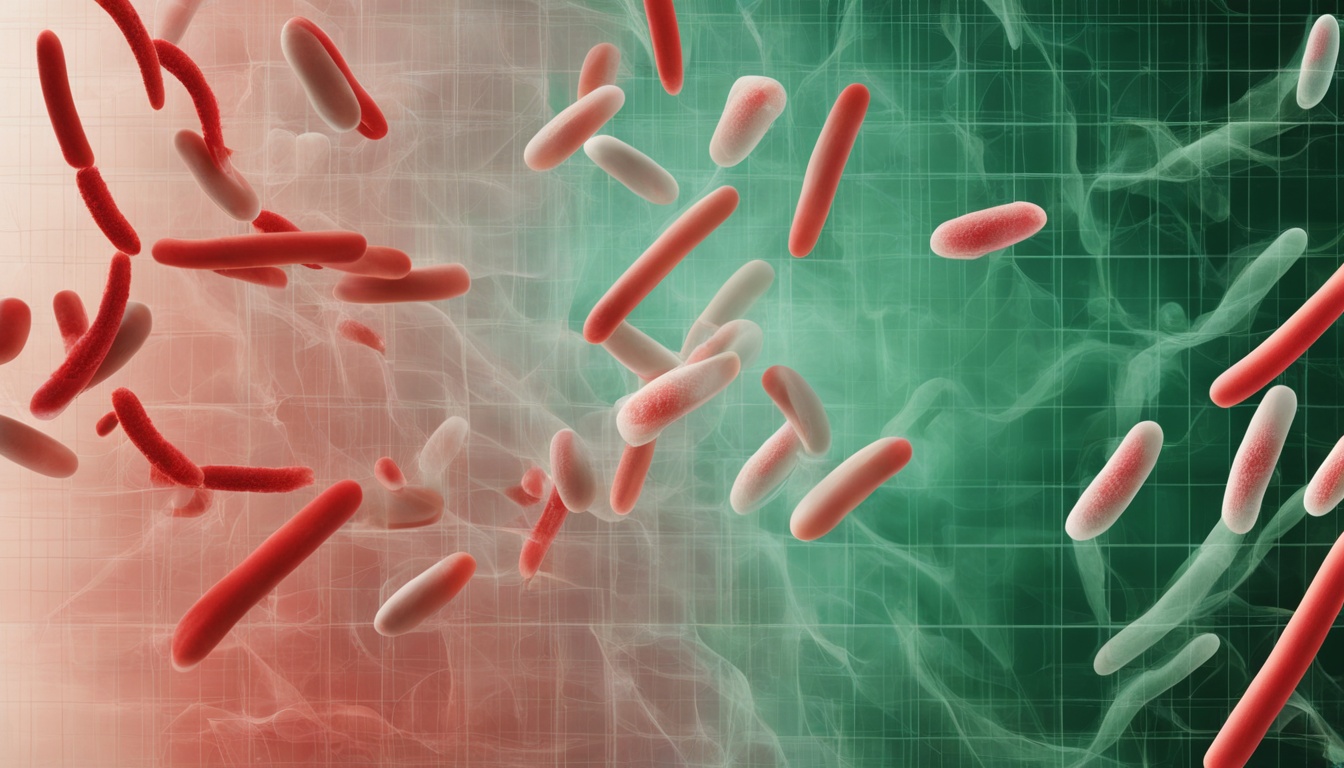Trisomy X is a chromosomal disorder that affects about 1 in 1000 females. It means a female has an extra X chromosome. So, instead of just two X chromosomes, there are three.
This extra chromosome can cause several issues. These include problems with learning to speak, coordination, and understanding sounds. It can also impact how a person feels about themselves.
Diagnosing Trisomy X early through a procedure called karyotyping is very important. This early diagnosis lets professionals start helping the individual right away. Thanks to new developments, stem cell therapy could offer new hope for treating this disorder.
Key Takeaways:
- Trisomy X is a chromosomal abnormality that affects approximately 1 in 1000 females.
- It is characterized by the presence of an extra X chromosome, resulting in a total of three X chromosomes.
- Symptoms of Trisomy X include delayed language development, motor coordination problems, and auditory processing disorders.
- Diagnosing Trisomy X through karyotyping is essential for early interventions and support.
- Stem cell therapy shows promise as a potential treatment option for Trisomy X.
Symptoms and Developmental Characteristics of Trisomy X
Trisomy X, or triple X syndrome, is when a female has an extra X chromosome. This can lead to various symptoms but some are common. These include challenges in speech, motor skills, and processing of auditory information.
Delayed Language Development
Girls with Trisomy X might start talking later than usual. As they grow, they could find it hard to communicate. Getting help early, through speech therapy, is important. It can make talking and understanding others easier.
Motor Coordination Problems
People with Trisomy X might struggle with coordination. They could have a hard time with both fine and gross motor skills. These include writing, tying shoelaces, running, or catching a ball. Therapy can help them get better at these skills.
Auditory Processing Disorders
Processing what they hear can be tough for those with Trisomy X. This is called an auditory processing disorder. To help, they may use special devices and work with speech therapists.
Self-Esteem Issues
Many with Trisomy X face self-esteem challenges. This can be due to their developmental delays and struggle with language. Encouragement and therapy are important to help them see themselves in a positive light.
Individualized Care and Early Intervention
No two individuals with Trisomy X are alike. Each person might need a different care approach. Early discovery and care are critical for a better quality of life.
| Symptoms | Developmental Characteristics |
|---|---|
| Delayed language development | Speech and language difficulties |
| Motor coordination problems | Challenges with fine and gross motor skills |
| Auditory processing disorders | Difficulty processing auditory information |
| Self-esteem issues | Low self-esteem and self-worth |
Diagnosis and Prevalence of Trisomy X
Doctors find Trisomy X through a test called karyotyping. This looks at a person’s chromosomes. With this test, they can see if there’s an extra X chromosome.
Finding Trisomy X early is key to helping those with it. Doctors build plans that fit each person’s needs. This helps give the right care.
Trisomy X happens in about 1 in 1000 girls. This means it’s quite common. But, many times, it’s not found or supported well.
Tests like NIPT and CVS have helped spot Trisomy X before birth. This means parents and doctors find out early. Then, they can plan and care for the child.
Prevalence of Trisomy X
Trisomy X is found in about 1 in 1000 girls. It’s one of the most seen chromosomal issues in girls. With this condition, there are three X chromosomes instead of the usual two.
Numbers might change a bit based on the study and testing used. But we do know Trisomy X is quite common in a way.
| Population | Prevalence |
|---|---|
| General population | 1 in every 1000 females |
| Prenatal population | 1 in every 1000 pregnancies |
Remember, not all cases of Trisomy X get noticed. This could make the count lower. But, more awareness and better tests are finding more cases today.
Advances in Stem Cell Therapy for Trisomy X Treatment
Advances in stem cell therapy are giving new hope to treat Trisomy X. Stem cells can change into many cell types and tissues. This makes them a good fit for combating Trisomy X’s genetic problems.
Stem cell therapy has the potential to improve life for those with Trisomy X. Experts want to use stem cells to find effective treatments. These treatments could lessen the condition’s impacts.
But, more work is needed through studies and trials for safety and effectiveness. Doing these steps can make stem cell therapy a trusted option for Trisomy X. With future progress in this therapy area, there’s a chance to significantly help those with Trisomy X.

